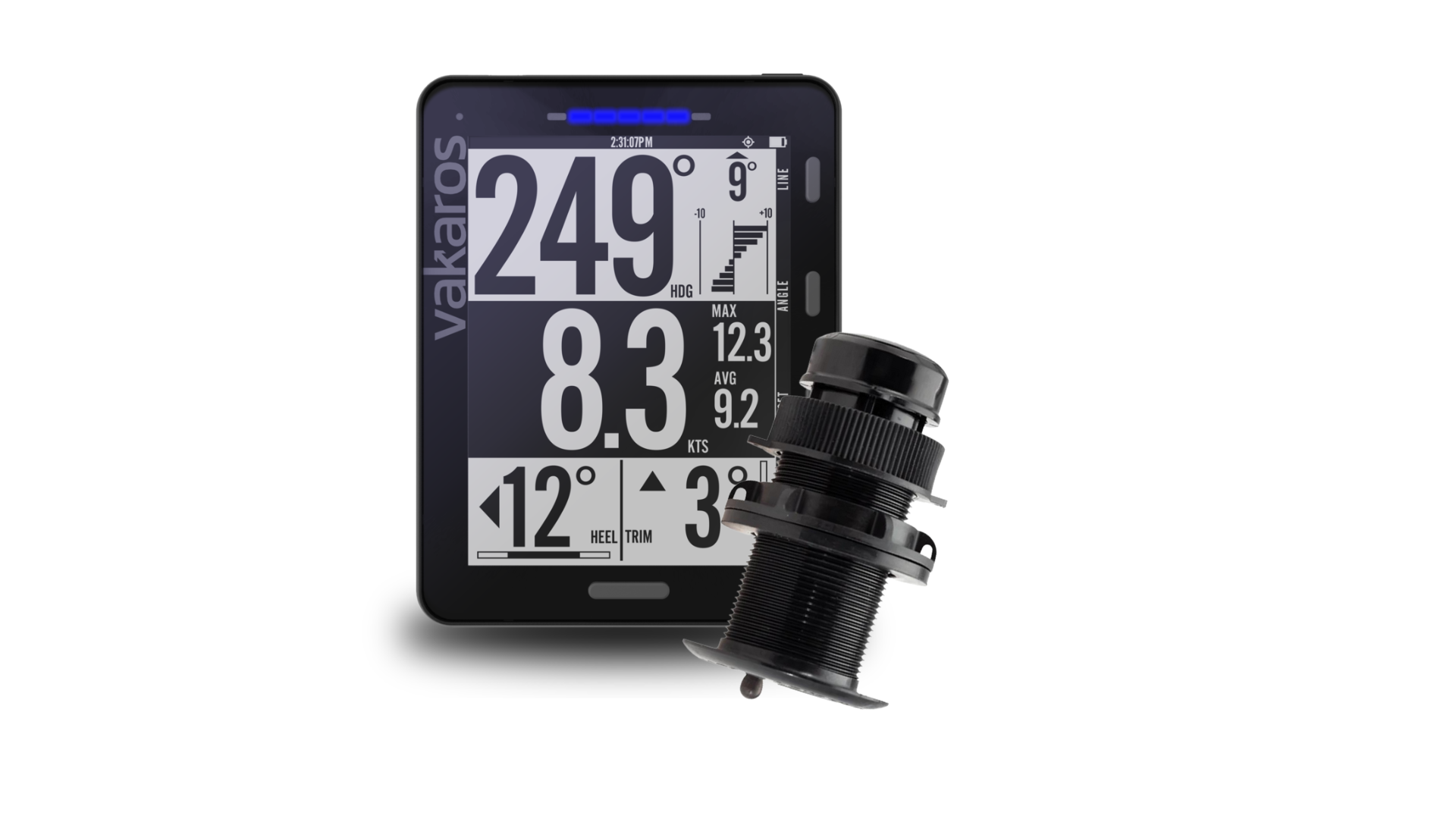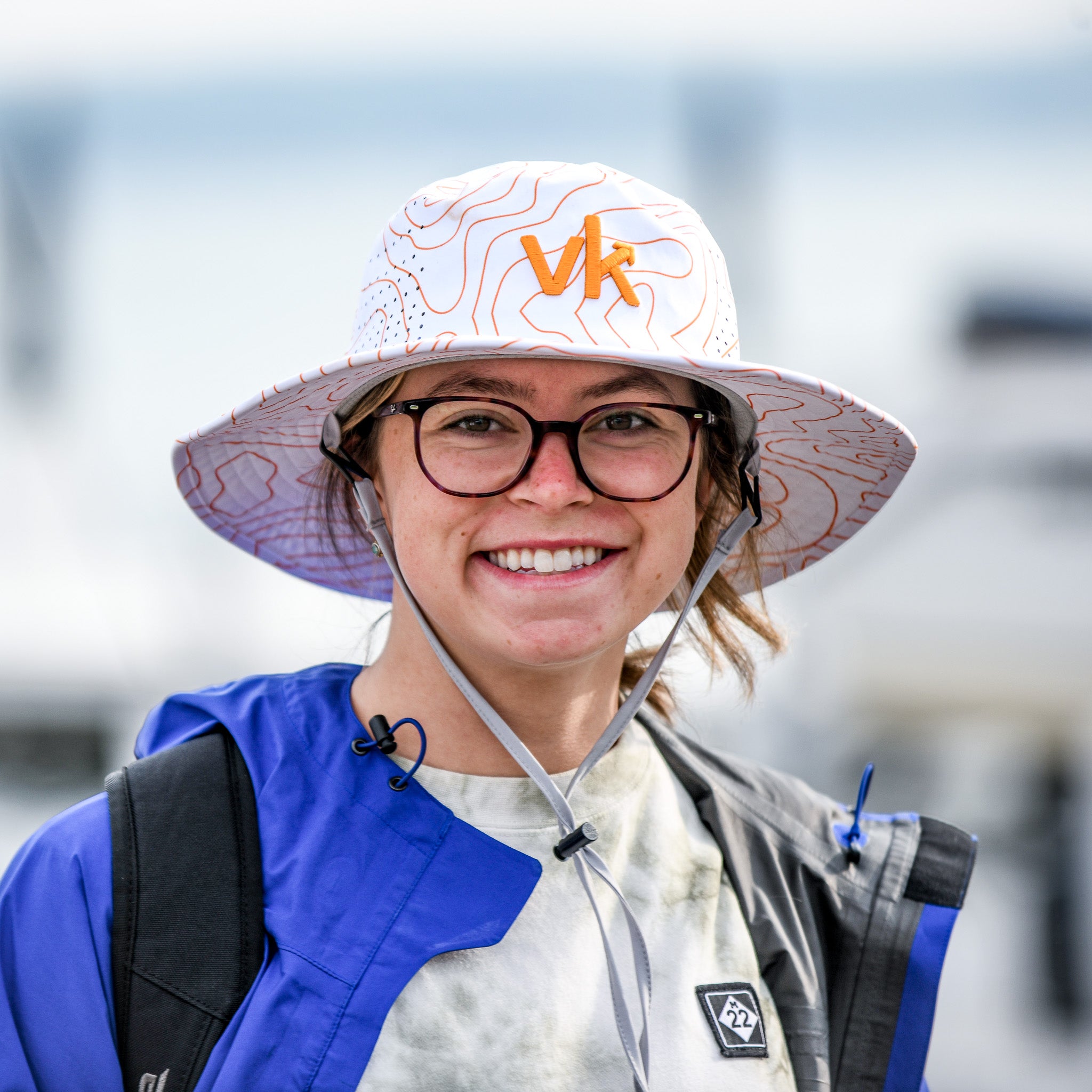RaceSense RTK delivers 1 centimeter accuracy
What happens when you combine the worlds most trusted and widely used race management system with a state-of-the-art Real-time Kinematic GNSS receiver?
For fleets who demand 1 centimeter accuracy, RaceSense RTK is here. Watch the video to see it in action, then read on to learn more about the technology.
What is RTK?
Real-time Kinematic (RTK) GNSS positioning combines carrier-phase measurements with real-time correction data from a reference station to measure positions with an accuracy of 1 cm.
How does it work?
At a RaceSense RTK event, each boat is equipped with an Atlas HALO RTK receiver, and in most cases, an Atlas 2 or Atlas Edge display. The HALO is installed in a pre-determined location on the boat, and must be mounted to the hull with centimeter accuracy. On the water, each HALO continuously receives RTK correction data via the RaceSense mesh network, utilizing the same infrastructure that provides RTDGNSS correction data to Atlas 2s and Atlas Edges. This enables HALO to determine its location with centimeter accuracy. Combined with on-board orientation data, and a model of hull shape, RaceSense RTK is able to accurately identify OCS boats, entry into the mark zone, score finishes, and more.
Why Now?
RTK positioning has been a part of the RaceSense roadmap since the earliest conception of the idea, all the way back in 2018. Receiver cost, power consumption, and the difficulty involved in reliably delivering low-latency GNSS correction data to boats on a race course anywhere in the world all presented challenges that needed to be overcome. Key advances in the RaceSense mesh network, combined with a brand new, state-of-the-art RTK GNSS receiver make RaceSense RTK not only possible, but practical to use and affordable.
Is RaceSense RTK a replacement for RaceSense?
No -- RaceSense RTK is a new performance tier that builds on top of RaceSense, designed to provide an option for classes and events who need more accuracy than the 25 cm provided by standard Real-time Differential GNSS RaceSense. HALO is designed so that a class could choose to make use of it at certain events, like a World Championship, while continuing to use standard RTDGNSS RaceSense for lower-tier competition, maintaining the affordability and simplicity of a single device for sailors at most events.
Our goal is to provide classes with the flexibility to choose the right solution for their racing and budgets, and we're proud to have RaceSense running today on boats ranging from Optis and Thistles to J/105s and TP52s, and everything in between.
Why does RaceSense RTK require a new piece of hardware?
The Atlas HALO RTK is designed for RTK positioning from the ground up. Built around a state-of-the-art GNSS receiver, and and an extremely high performance dual-band antenna, HALO delivers unmatched performance on the water.
Does RaceSense RTK require a base station?
RaceSense RTK supports two different sources of correction data: commercial correction services, like the Skylark corrections used for standard Real-time Differential GNSS RaceSense, and HALOs operating in base station mode. Each option has advantages and disadvantages, and we can work with you to determine the best choice for your event. Where required, both solutions can be used to provide an added layer of redundancy.
Can I use RaceSense RTK with other displays and instruments on my boat?
Yes -- in addition to Atlas displays, HALO is compatible with other instruments, via a NMEA 2000 Gateway.
What does 1 cm accuracy mean?
GNSS receivers are evaluated on a metric known as the Circular Error Probable, or CEP, which calculates the percentage of measured positions that lie within a given radius of the true receiver location. RaceSense RTK has a 50% CEP of 1 cm, meaning that 50% of measured positions lie within 1 cm of the true location, while 95% of calculated positions lie within 2 cm. The plot below shows the results of a 24 hr test with an Atlas HALO RTK, confirming the receiver manufacturers 1 cm specification:
Atlas HALO RTK CEP test, open sky, 24 hr












